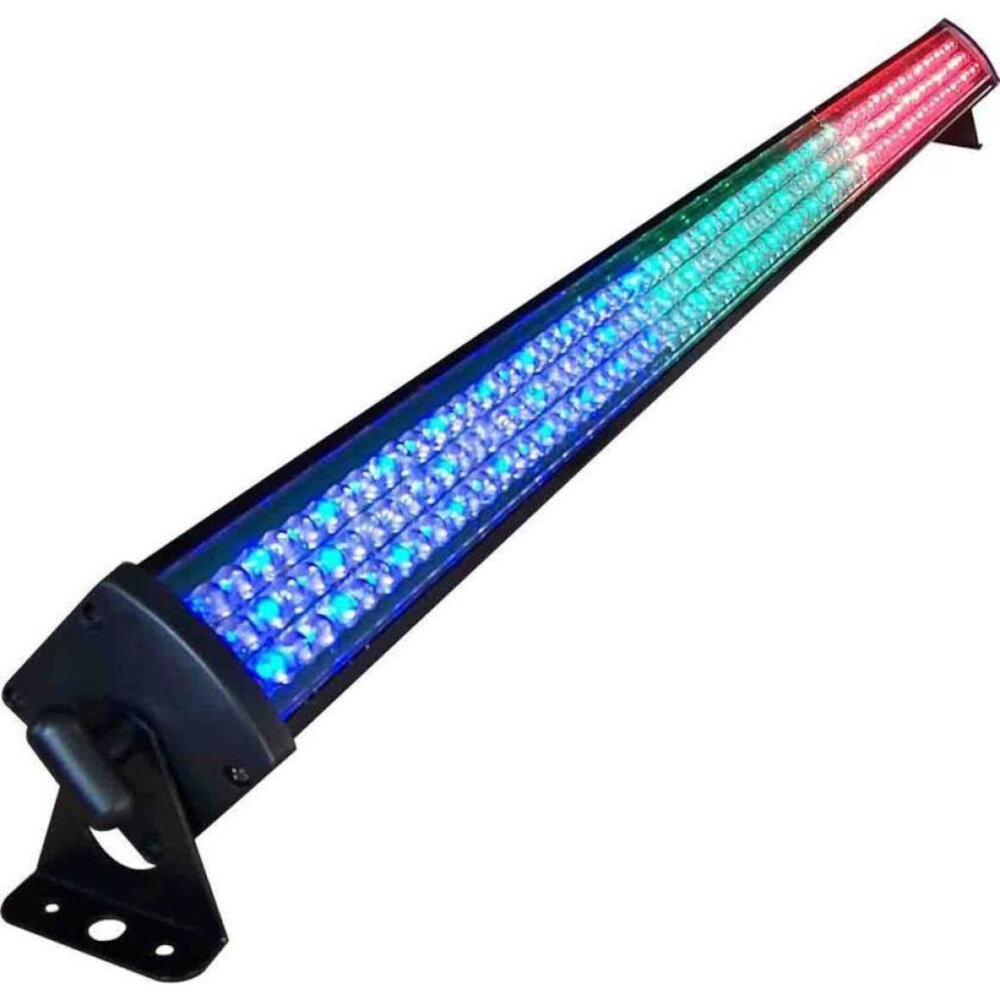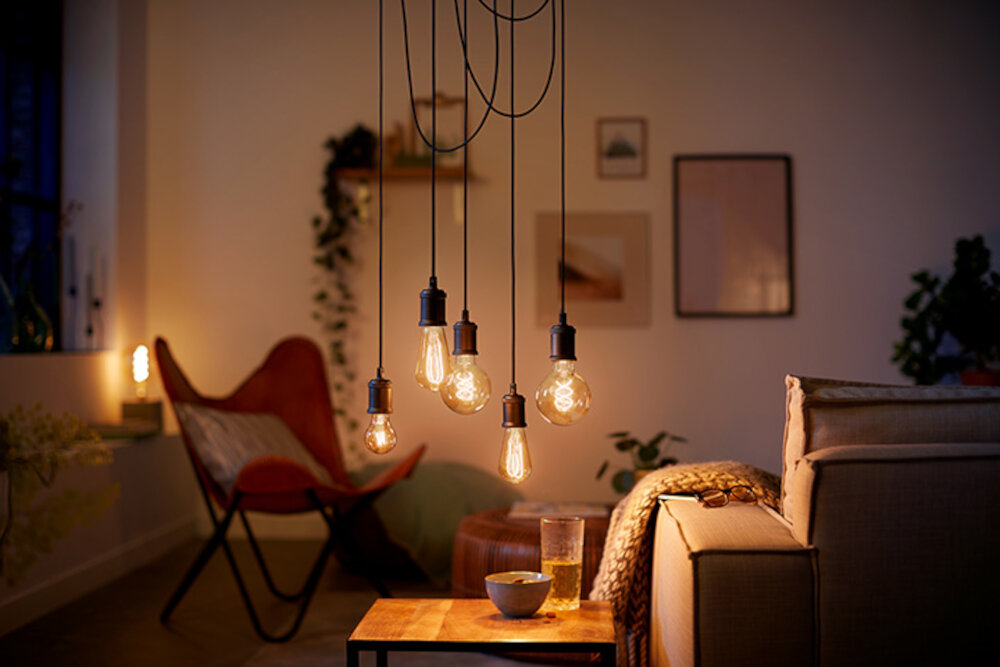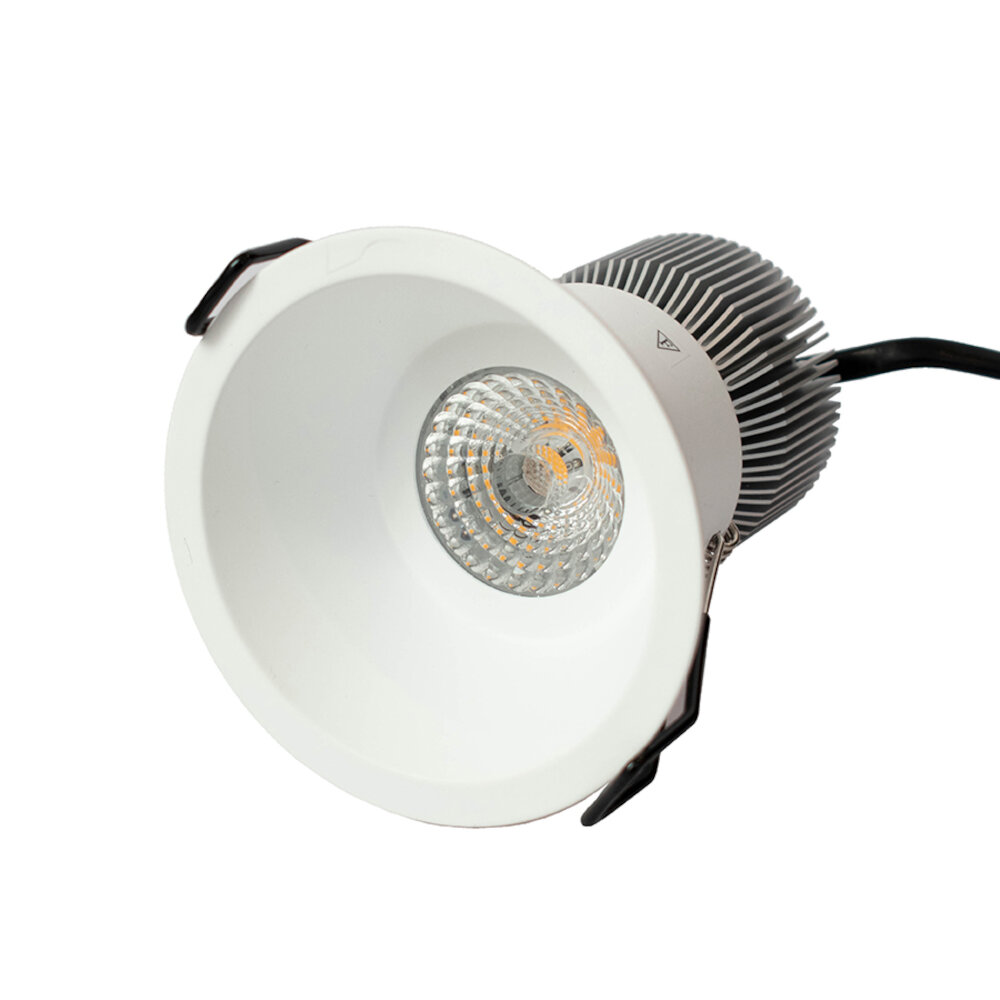Troubleshooting LED Light Flickering: Common Causes and Quick Solutions

LED lights are becoming increasingly popular as they offer an energy-efficient and long-lasting lighting solution. However, despite their many benefits, they are not immune to problems. One of the most common issues that people face with LED lights is flickering. This can be frustrating and can even cause headaches or eye strain. Fortunately, there are some common causes of LED light flickering and quick solutions that can help to resolve the problem. There are several reasons why LED lights might flicker, including issues with the bulb, the wiring, or the electrical system in your home or office. It could be due to incompatible dimmer switches, voltage fluctuations, or loose connections. Identifying the root cause of the issue is essential to fix the problem effectively. In this article, we will explore the most common causes of LED light flickering and provide some quick solutions to help you get your lighting back to normal.
LED (Light Emitting Diode) lights are a type of energy-efficient lighting that have gained popularity in recent years. These lights work by passing a current through a semiconductor material, which causes electrons to release energy in the form of light. Unlike traditional incandescent bulbs, LED lights don’t rely on a filament to produce light, which makes them much more durable and long-lasting. They also use less energy, generate less heat, and are more environmentally friendly. However, LED lights can sometimes flicker, which can be caused by a number of factors including voltage fluctuations, incompatible dimmer switches, or faulty wiring. By identifying the cause of the flickering, you can quickly and easily troubleshoot the issue and enjoy the benefits of your LED lighting system.
Addressing flickering issues promptly is critical to ensure the longevity of LED lighting systems. Ignoring flickering issues can lead to significant damage to the LED system, causing it to fail prematurely. Moreover, flickering lights can be a source of annoyance and can cause headaches, eye strain, and other health-related issues. It is essential to identify the root cause of the flickering issue and take corrective measures to prevent it from happening again. By addressing the problem promptly, you can ensure that your LED lighting system operates efficiently, providing a consistent and reliable source of light while minimizing maintenance costs. Overall, taking care of flickering issues is crucial for ensuring the safety, comfort, and convenience of users while also maintaining the functionality of the lighting system.
Common Causes of LED Light Flickering

Flickering is a common issue that occurs with LED lights, and it can be quite frustrating. There are several factors that can cause flickering, including the quality of the LED bulb, the power source, and the dimmer switch. Poor-quality LED bulbs are often the culprit, as they may not be able to handle the voltage supplied by the power source. This can cause the bulb to flicker or even fail completely. Additionally, if the power source is unstable, such as when there are fluctuations in voltage, this can also cause flickering. Lastly, if the dimmer switch is not compatible with the LED bulb, this can cause flickering as well. Fortunately, there are several quick solutions that can help resolve LED light flickering issues. One of the simplest solutions is to replace the LED bulb with a higher quality one that is designed to handle the voltage supplied by the power source. Additionally, using a voltage stabilizer can help regulate the power and prevent fluctuations that can cause flickering. It is also important to use a dimmer switch that is compatible with the LED bulb, as this can help prevent flickering. By taking these steps, you can enjoy reliable and flicker-free LED lighting in your home or office.
Incompatible dimmer switches can cause LED light flickering problems. This is because LED lights require a specific type of dimmer switch that is compatible with the electronic components of the LED bulb. Traditional incandescent dimmer switches are not compatible with LED lights and can cause flickering or even damage to the bulbs. Incompatible dimmer switches can also cause buzzing or humming noises from the LED lights. It is important to check the compatibility of the dimmer switch before installing LED lights and to use a compatible dimmer switch to avoid flickering and other issues.
Loose connections are one of the most common culprits behind LED light flickering. A loose connection can cause the current to fluctuate, leading to flickering. This can occur anywhere in the circuit, from the power source to the bulb socket. It’s important to check all connections, including wire nuts and terminal screws, to ensure they are tight and secure. If a loose connection is found, it should be tightened immediately. It’s also important to ensure that the wiring is not damaged or frayed, as this can also cause flickering. By taking the time to check and secure all connections, you can eliminate this common cause of LED light flickering.
Voltage fluctuations are one of the most common causes of LED light flickering. These fluctuations can occur due to a variety of reasons, such as power grid issues, electrical wiring problems, and faulty equipment. When the voltage supplied to the LED light is not consistent, it can cause the light to flicker, dim, or even turn off completely. This can not only be frustrating but can also cause eye strain and headaches. To address voltage fluctuations, it is recommended to check the electrical wiring, replace faulty equipment, and install a voltage stabilizer to regulate the power supply. By addressing these issues, you can ensure that your LED lights work efficiently and effectively, without any flickering or other issues.
Overheating is a common issue that can cause LED lights to flicker. When LED lights operate for extended periods, they generate heat that can damage the internal components and cause the lights to malfunction. Inadequate ventilation, high ambient temperatures, and incorrect installation are some of the factors that can contribute to overheating. Overheating can also occur if the LED lights are installed in a confined space or if the fixtures are not designed to dissipate heat effectively. To prevent overheating, it is essential to ensure that the LED lights are installed correctly and in a well-ventilated space. In addition, choosing high-quality LED lights with efficient thermal management systems can also help prevent overheating and extend the lifespan of the lights.
As LED bulbs age, they may start to flicker or dim. This is because the components within the bulb, such as the driver and diodes, can degrade over time. Additionally, the heat generated by the bulb can cause the components to fail faster. To prevent this, it is important to choose high-quality LED bulbs with good heat dissipation and to avoid using them in enclosed fixtures or areas with poor ventilation. If you notice flickering or dimming in your LED bulbs, it may be time to replace them with new ones.
Quick Solutions for LED Light Flickering

LED light flickering can be a frustrating problem that can affect your daily routine. However, it’s a common issue that can be easily solved. One of the most common causes of LED light flickering is the use of incompatible dimmer switches. LED lights require specific dimmer switches that are designed for their voltage and wattage requirements. Using a dimmer switch that is not compatible with the LED lights can cause them to flicker or even turn off. Therefore, it’s essential to check the compatibility of the dimmer switch before installation or replacement. Another common cause of LED light flickering is the poor quality of the LED bulbs. Low-quality LED bulbs can flicker due to poor manufacturing processes or low-quality LED chips. Therefore, it’s important to invest in high-quality LED bulbs from reputable manufacturers to avoid the problem of flickering. Additionally, loose connections in the wiring can also cause flickering. A quick solution to this problem is to check the wiring connections and tighten them if they are loose. Overall, finding the root cause of LED light flickering can be a simple process that can save you time and money in the long run.
Incompatible dimmer switches are a common culprit behind LED light flickering. This occurs when the dimmer switch is not designed to work with LED lights, leading to voltage fluctuations that cause the lights to flicker. If you are experiencing this issue, it is important to replace your dimmer switch with one that is compatible with LED lights. This will ensure that the voltage remains stable and consistent, preventing any flickering or strobing effects. In addition, it is important to choose a dimmer switch that is designed for the specific type of LED light you are using, as different lights may have different requirements. By taking the time to replace your incompatible dimmer switch, you can enjoy the full benefits of your LED lighting without any flickering or other issues.
One common cause of LED light flickering is loose connections. This can happen when the wires or connectors in the circuit are not securely fastened. Loose connections can cause intermittent power interruptions, which can result in flickering lights. To troubleshoot this issue, it is important to check all connections in the circuit and tighten any that are loose. This can be done by turning off the power supply and using a screwdriver or pliers to secure the connections. By addressing this issue, you can ensure a stable and consistent power supply to your LED lights, which will help prevent flickering and ensure optimal performance.
If you are experiencing flickering LED lights, one of the possible solutions to consider is installing a voltage stabilizer. Voltage fluctuations are a common cause of flickering lights, and a stabilizer can help regulate the voltage to a consistent level. This can be particularly useful in older buildings or areas with unstable electrical systems. A voltage stabilizer can also help protect your LED lights from voltage surges or spikes, which can cause damage to the lights or shorten their lifespan. Overall, installing a voltage stabilizer can be a quick and effective solution to address LED light flickering issues.
If you are experiencing LED light flickering, one of the possible causes could be overheating. To avoid this issue, it is essential to ensure proper ventilation in the area where your LED lights are installed. Overheating can occur when LED lights are used in an enclosed or poorly ventilated space, causing the LED bulbs to become too hot, and subsequently, flicker. To prevent overheating, it is recommended to use LED lights in areas with good airflow, utilize fans or air conditioning, and avoid placing LED lights in tightly enclosed spaces. By taking these preventative measures, you can help ensure that your LED lights stay cool and flicker-free.
Replacing aging LED bulbs is one of the most effective ways to troubleshoot flickering lights. Over time, the performance of LED bulbs can deteriorate due to natural wear and tear, causing them to flicker or even fail altogether. By replacing aging bulbs with new ones, you can ensure that your lighting system stays in optimal condition, providing reliable illumination without any flickering issues. It is important to choose high-quality LED bulbs that are compatible with your fixtures and have the right wattage and color temperature for your needs. With the right bulbs and proper installation, you can enjoy a flicker-free lighting experience for years to come.
Additional Tips and Tricks

In addition to the common causes and quick solutions to LED light flickering, there are some additional tips and tricks that can help troubleshoot the issue. One of the first things to consider is the type of dimmer switch being used. Not all dimmer switches are compatible with LED lights, and using the wrong type can cause flickering. It is important to check the manufacturer’s specifications to ensure that the dimmer switch is compatible with LED lights. Additionally, some dimmer switches have a minimum load requirement, so if the total wattage of the LED bulbs being used is below that minimum, the dimmer switch may not function properly and cause flickering. In this case, adding more LED bulbs or replacing the dimmer switch with one that has a lower minimum load requirement may solve the issue. Another tip is to check for loose connections. If the flickering is isolated to a single fixture, it is possible that there is a loose connection in the wiring. Check the connections at the fixture and in the electrical box to ensure that all wires are securely connected. It is also important to check the wiring for any damage or fraying that could be causing a short circuit. Finally, if none of the common causes and quick solutions seem to solve the issue, it may be time to consult a licensed electrician. They can perform a more thorough inspection of the electrical system to identify any underlying issues that may be causing the flickering and make the necessary repairs.
If you’re experiencing flickering LED lights, it may be worth considering switching to LED-specific dimmer switches. Regular dimmer switches may not be compatible with LED lights, leading to issues such as flickering, buzzing, or even damage to the bulbs. LED-specific dimmer switches are designed to work with the unique electrical characteristics of LED lights, ensuring smooth and consistent dimming without any unwanted side effects. Additionally, some LED-specific dimmer switches even allow for customizable dimming levels and presets, giving you even more control over your lighting. So if you’re tired of dealing with flickering LED lights, upgrading to an LED-specific dimmer switch might just be the solution you’ve been searching for.
Using high-quality LED bulbs is an effective solution to prevent LED light flickering. Low-quality bulbs tend to flicker because of their poor manufacturing quality, which can cause voltage fluctuations in the circuit. High-quality bulbs, on the other hand, are designed with better materials and components that ensure stable performance and eliminate flickering issues. They also have better thermal management systems that prevent overheating, which can cause flickering. Moreover, high-quality LED bulbs are more energy-efficient, which can save you money in the long run. Therefore, investing in high-quality LED bulbs is a wise decision that can help you avoid the frustrating flickering problem and enjoy the benefits of LED lighting.
If you have tried the quick solutions mentioned in this article and the LED light flickering issue still persists, it is recommended to consult a professional electrician. More complex issues such as wiring problems or faulty fixtures may require expertise beyond the scope of a DIY approach. A licensed electrician will have the necessary tools and knowledge to diagnose the problem and provide appropriate solutions. Attempting to fix complex electrical issues without proper training and equipment can be dangerous and may result in further damage or injury. Therefore, it is always best to seek professional help when in doubt.
LED light flickering can be quite annoying and may indicate an underlying problem. Common causes include voltage fluctuations, incompatible dimmer switches, loose connections, and overheating. To address voltage fluctuations, consider installing a voltage stabilizer. Incompatible dimmer switches can be replaced with LED-compatible ones. Loose connections can be fixed by tightening the connections or replacing the faulty components. Lastly, overheating can be avoided by ensuring proper ventilation and using LED bulbs with appropriate wattage. By following these quick solutions, you can eliminate the problem of LED light flickering and enjoy uninterrupted lighting in your home or office.
When it comes to LED lights, flickering is a common problem that can have a significant impact on the lifespan of the fixture. Flickering not only affects the aesthetic appeal of the lighting but can also cause discomfort to the eyes and lead to headaches. In addition, if left unaddressed, flickering can cause further damage to the fixture and potentially lead to more extensive repairs or even replacement. Therefore, it’s crucial to address any flickering issues promptly to prevent further damage and ensure the longevity of your LED lights. By identifying the root cause of the flickering and implementing quick solutions, you can enjoy uninterrupted, energy-efficient lighting for years to come.
Conclusion

In conclusion, LED light flickering can be a frustrating and annoying issue. However, with the knowledge of the common causes and quick solutions, troubleshooting this problem can be a relatively simple task. By ensuring proper wiring and connections, using compatible dimmer switches, and avoiding overloading circuits, you can enjoy the benefits of LED lighting without any flickering interruptions. It is important to address the issue promptly as persistent flickering can lead to damage and reduced lifespan of the LED bulbs. With the right approach, you can easily eliminate this problem and enjoy uninterrupted and efficient lighting in your home or workspace.




